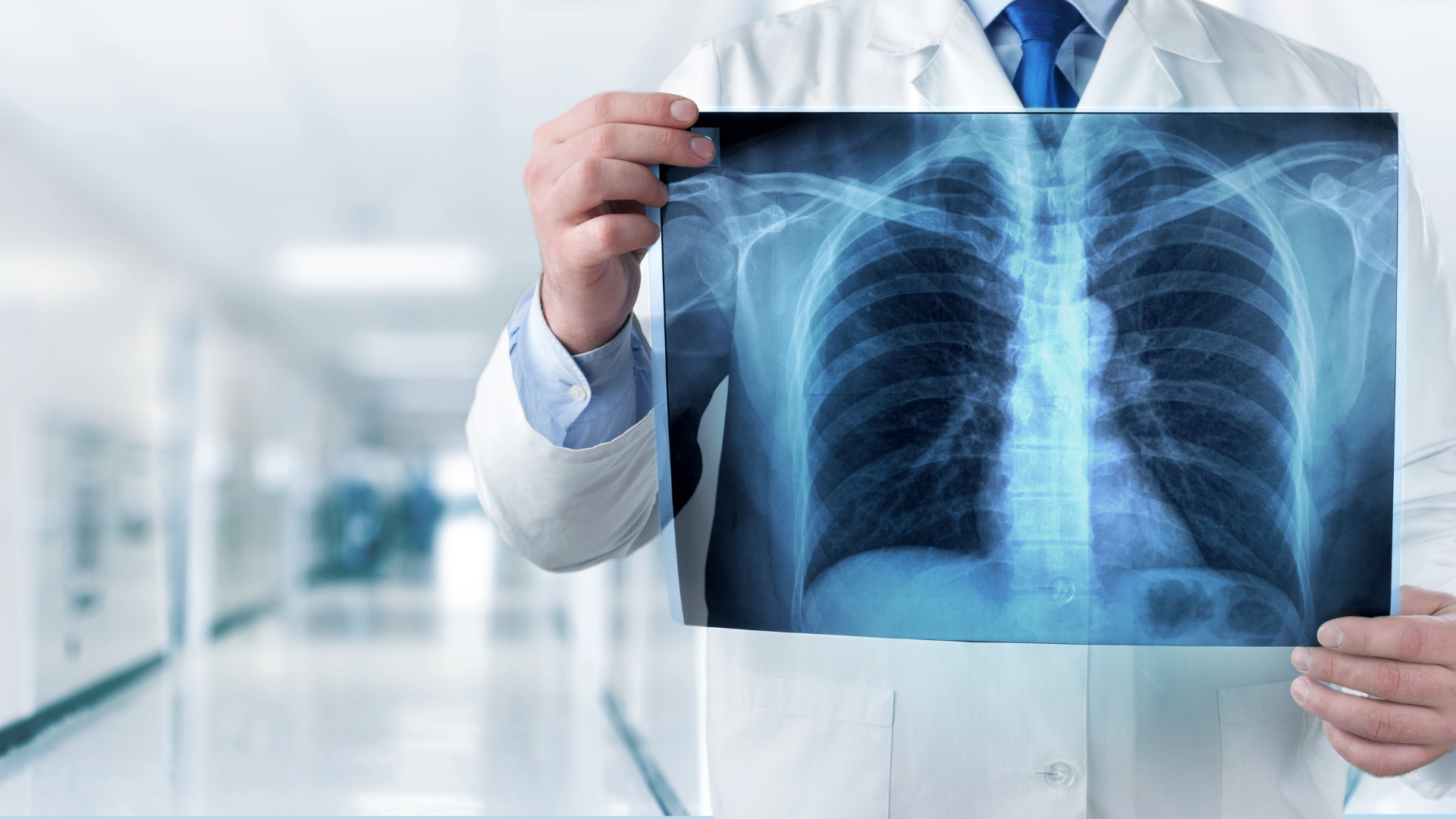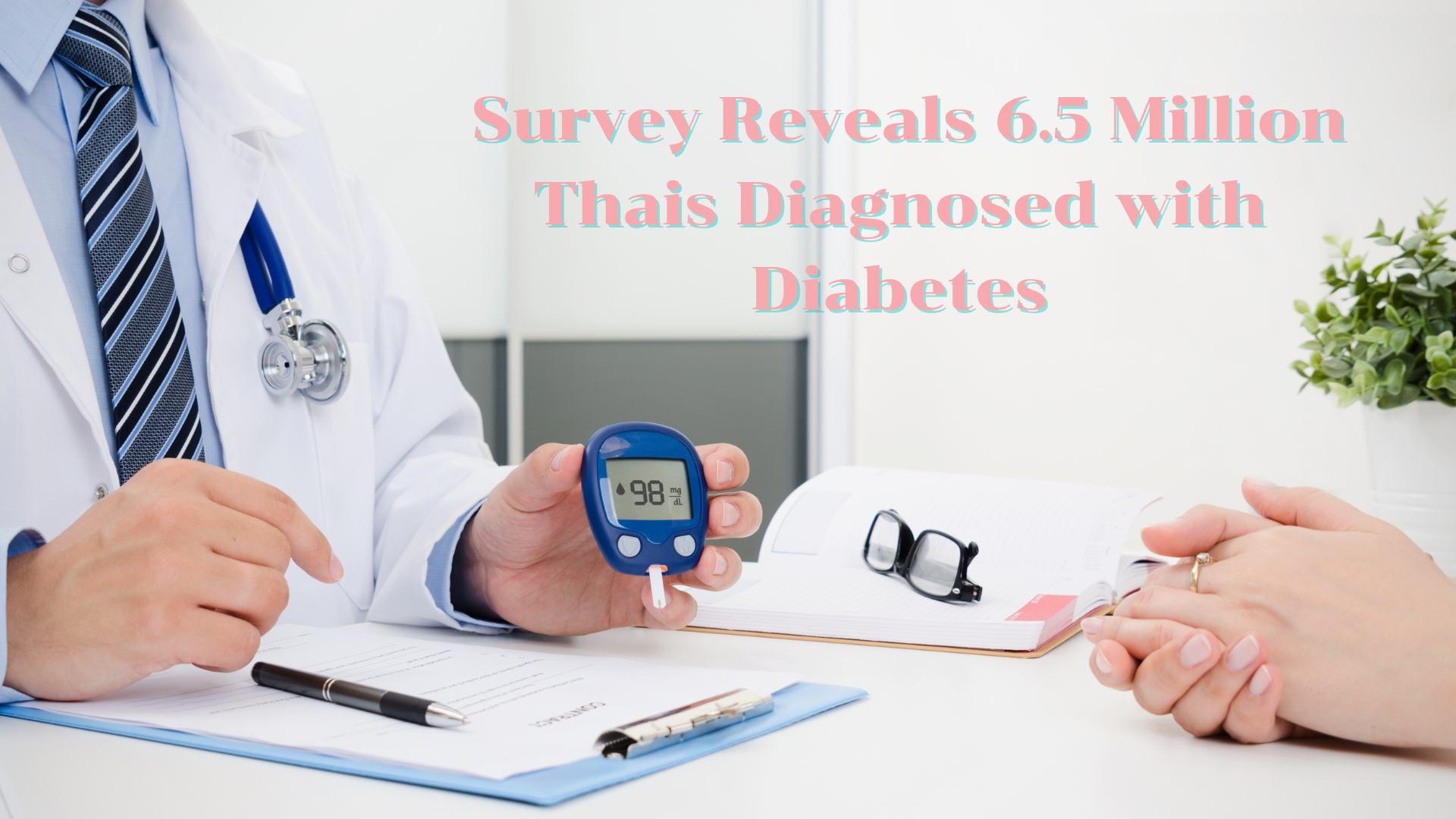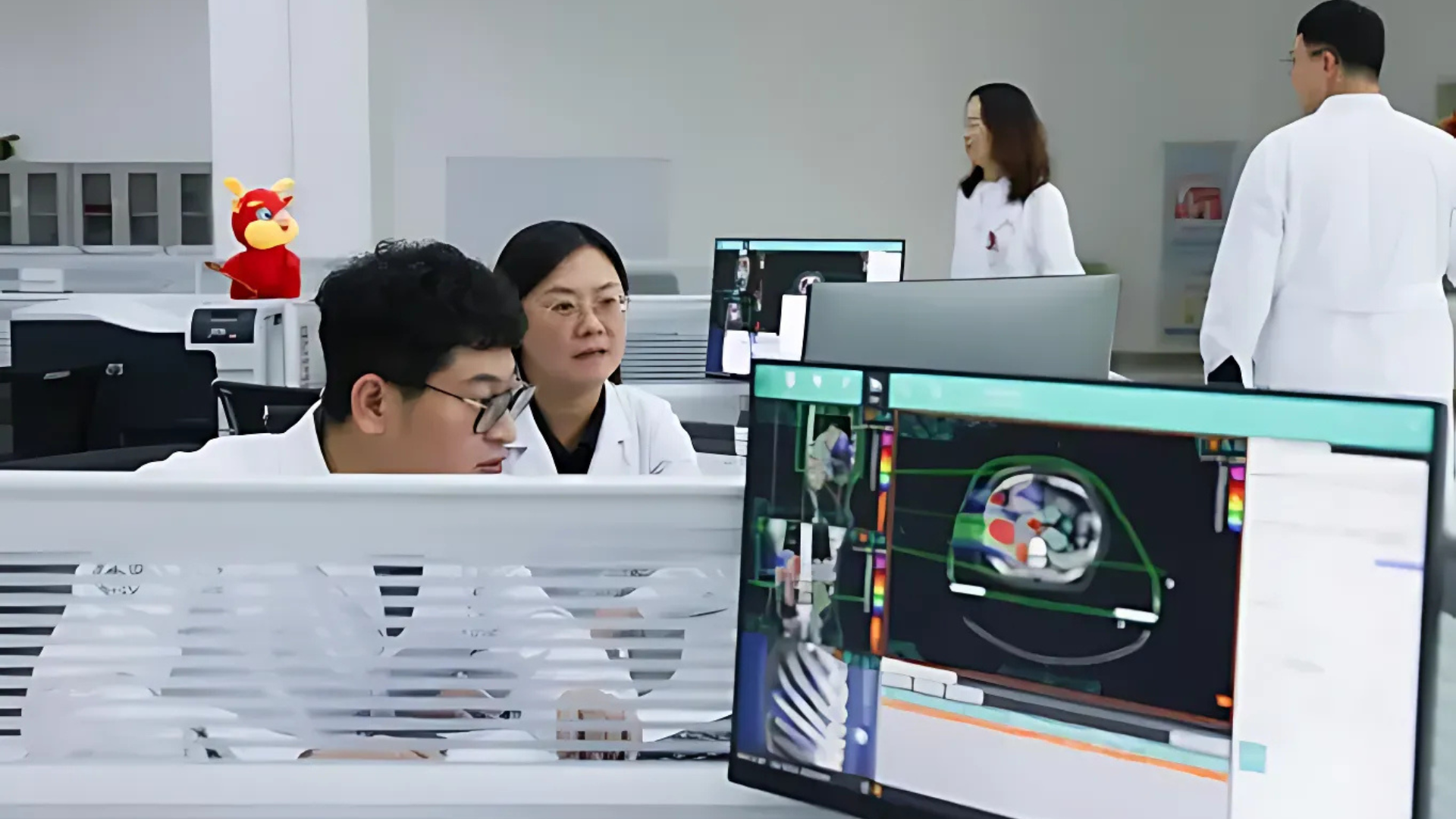
5 Treatments to Stop Lung Cancer Before It Spreads
Lung cancer is a common disease in Thailand, and its silent nature makes early detection difficult. Often, symptoms only emerge at advanced stages, making treatment more challenging. Early intervention is crucial to stop the spread of cancer, improve recovery chances, and restore confidence in daily life.
Lung cancer is a common disease in Thailand, and its silent nature makes early detection difficult. Often, symptoms only emerge at advanced stages, making treatment more challenging. Early intervention is crucial to stop the spread of cancer, improve recovery chances, and restore confidence in daily life.
Why Does Lung Cancer Show No Early Symptoms?
Lung cancer often starts as small nodules in the lungs, which house numerous tiny air sacs for oxygen exchange. Initially, the body compensates, and no symptoms appear. By the time fluid builds up or the nodules spread, the disease may have reached an advanced stage with a higher mortality rate.
Symptoms of Lung Cancer
While many patients show no symptoms and are diagnosed through risk screenings, warning signs include:
- Persistent cough
- Blood-streaked phlegm
- Chest pain or tightness
- Fatigue
- Weight loss
- Hoarseness
- Recurrent lung infections
How is Lung Cancer Diagnosed?
Diagnosis often involves a low-dose CT scan to identify suspicious nodules. If abnormalities are found, a biopsy is performed to confirm the presence of lung cancer.
5 Effective Treatments for Lung Cancer
Advancements in lung cancer treatment now offer multiple options tailored to the stage of the disease:
-
Open Thoracotomy
- Suitable for large tumors (>8 cm) or complex surgeries like removing the entire lung.
- Involves a large incision (15–20 cm), cutting through several muscle layers and spreading the ribs.
- Recovery time is longer due to the invasive nature of the procedure.
-
Video-Assisted Thoracoscopic Surgery (VATS)
- Minimally invasive, using small incisions (4–5 cm) to insert a video camera and surgical tools.
- Best for early-stage cancers (Stage 1 or 2) with smaller tumors.
- Reduces pain, complications, and recovery time.
-
Uniportal VATS Surgery
- Uses a single small incision (~3.5 cm) on the side of the body.
- Ideal for wedge resections, lobectomies, or pneumonectomies.
- Provides a faster recovery and minimal post-operative discomfort.
-
Chemotherapy
- Inhibits cancer cell division and prevents the spread of advanced-stage cancer (Stage 3 or 4).
- May be combined with surgery or radiation depending on the case.
-
Immunotherapy
- Boosts the body’s immune system to destroy cancer cells.
- Often combined with chemotherapy, radiation, or surgery for Stage 3 or 4 patients.
Preparing for Lung Cancer Surgery
Patients undergoing lung cancer surgery are guided through the Enhanced Recovery After Surgery (ERAS) protocol, which includes:
- Education on lung cancer and its treatment
- Smoking cessation programs
- Pre- and post-surgery physiotherapy to enhance recovery
Key Takeaways for Lung Cancer Patients
Early detection significantly improves survival rates and treatment outcomes. Patients in good health with no underlying conditions generally respond better to treatment. Choosing experienced specialists and accredited healthcare facilities with advanced equipment further enhances the chances of recovery and maintaining a good quality of life.
For more information, visit Bangkok Heart Hospital.
Articles in this category are written by our editorial team to keep you informed about the latest healthcare and medical tourism news.

